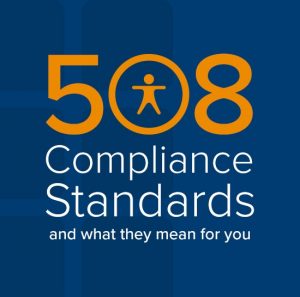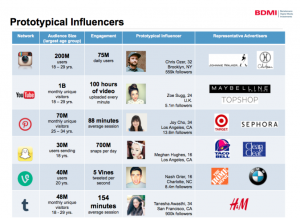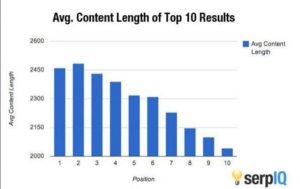Google Panda refers to a series of on-going changes to Google’s search results ranking algorithm. First introduced in February 2011, Panda aims to essentially punish “low-quality” or “thin” websites, and reward higher-quality sites by decreasing or increasing their rank in search engine results. So why should you care? Well, as Google Panda is not a one-time occurrence, it’s essential for webmasters to boost the quality of their websites if they want to appear relevant in search engines. As Google regularly updates its data, penalized webmasters still have an opportunity to recover their rankings and traffic by publishing unique and useful content.
History of Panda
Each year, Google continues to change its search algorithm hundreds of time. Most of these changes are minor and nearly unnoticeable, but on occasion, Google will introduce a major update that affects the rankings of websites in a big way. The initial algorithm update that rolled out on February 23, 2011 affected a whopping 11.8% of search queries. Sites that were affected by Panda almost instantly noticed a significant drop in traffic.
The second major Panda update occurred on April 11, 2011. It primarily affected English-language based search results and another 2% of search queries. The list goes on, with more updates that affected SERPs (search engine result pages). The Panda algorithm also changed the world of SEO (search engine optimization). It changed keyword research and targeting, as well as how links are built, as relevant, high-quality links pointing to a webpage can add value.
The 411 on Quality Control
Google Panda seeks quality content, but what exactly qualifies as “quality?” If you’re wondering if your website is possibly not Panda-worthy, ask yourself the following questions:
- Does your website contain detailed, unique, and interesting content?
- Do you have duplicate content?
- Does your website contain spelling and/or grammar errors, or content that is difficult to read due to sentence structure?
- Is your content original, meaning it can’t easily be found elsewhere on the web?
- After visiting your site, would readers want to bookmark it or share it with others?
- Does your website contain too many ads, distractions, or is the theme hard to navigate?
Recovering from Panda
If you’ve been affected by Panda, there’s still time to recover before the next update rolls around. To avoid search engine penalties, it’s crucial to improve the quality of your website. Removing low quality pages, improving shallow or sparse content, and adding in-depth, original content can help add value to your site and improve your chances of getting passed over by Panda. Once these crucial changes have been made, you will need to wait until the next Panda refresh (usually every 4 to 6 weeks) to see if your site has recovered.
(187)
Report Post








